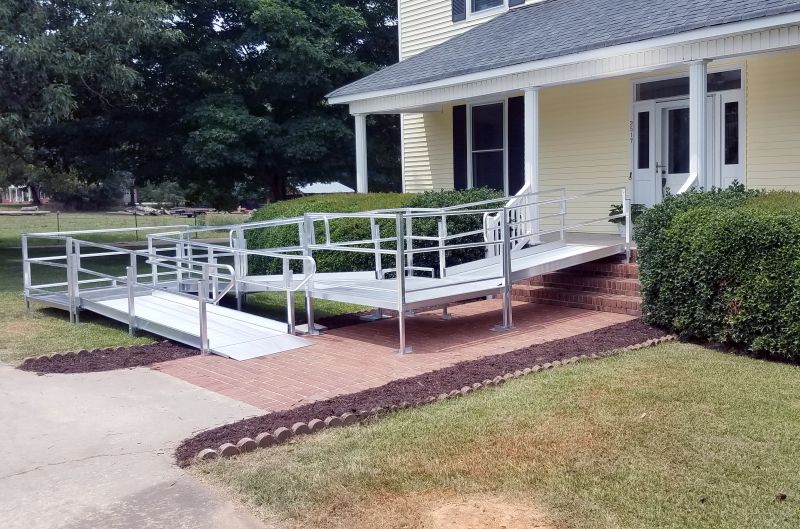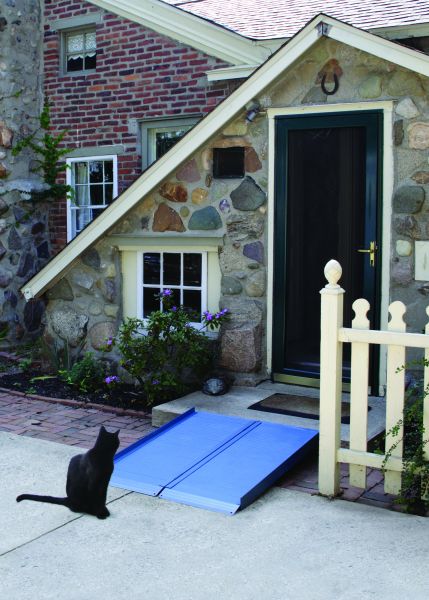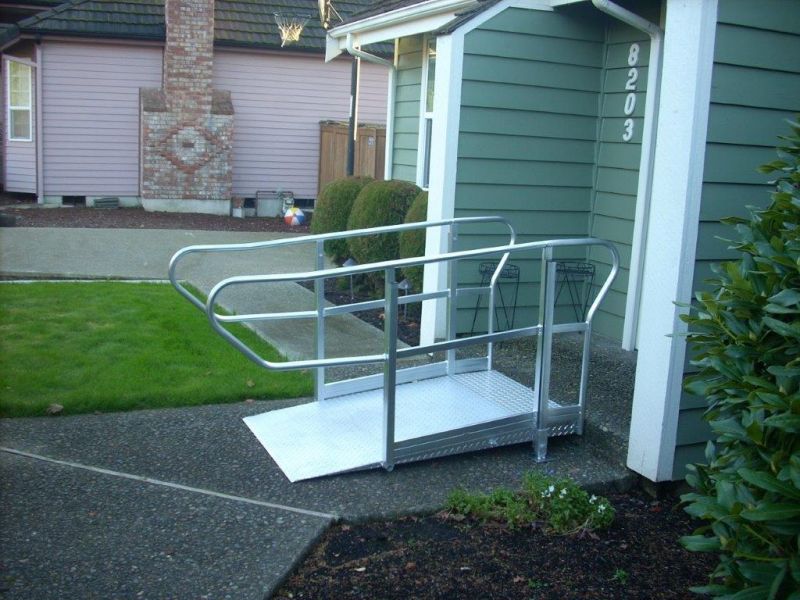Answers from industry experts
Monday, July 16, 2018
AMERICAN ACCESS
Taylor Walker, Director of Dealer Development aaramps.comEZ-ACCESS
Emily Fowler, Market Generalist ezaccess.com.jpg) PATHWAY 3G Modular Access System
PATHWAY 3G Modular Access SystemACCESS4U, Inc.
Bob Heffernan, President access4uinc.com Modular Ramp
Modular RampALUMIRAMP
Jenifer Burke, President alumiramp.com ACRFL Landscape Collection
ACRFL Landscape CollectionCOMPLETE ACCESS CO
Nick Vizzare, Marketing and Development Director completeaccess.co Residential Ramp
Residential Ramp